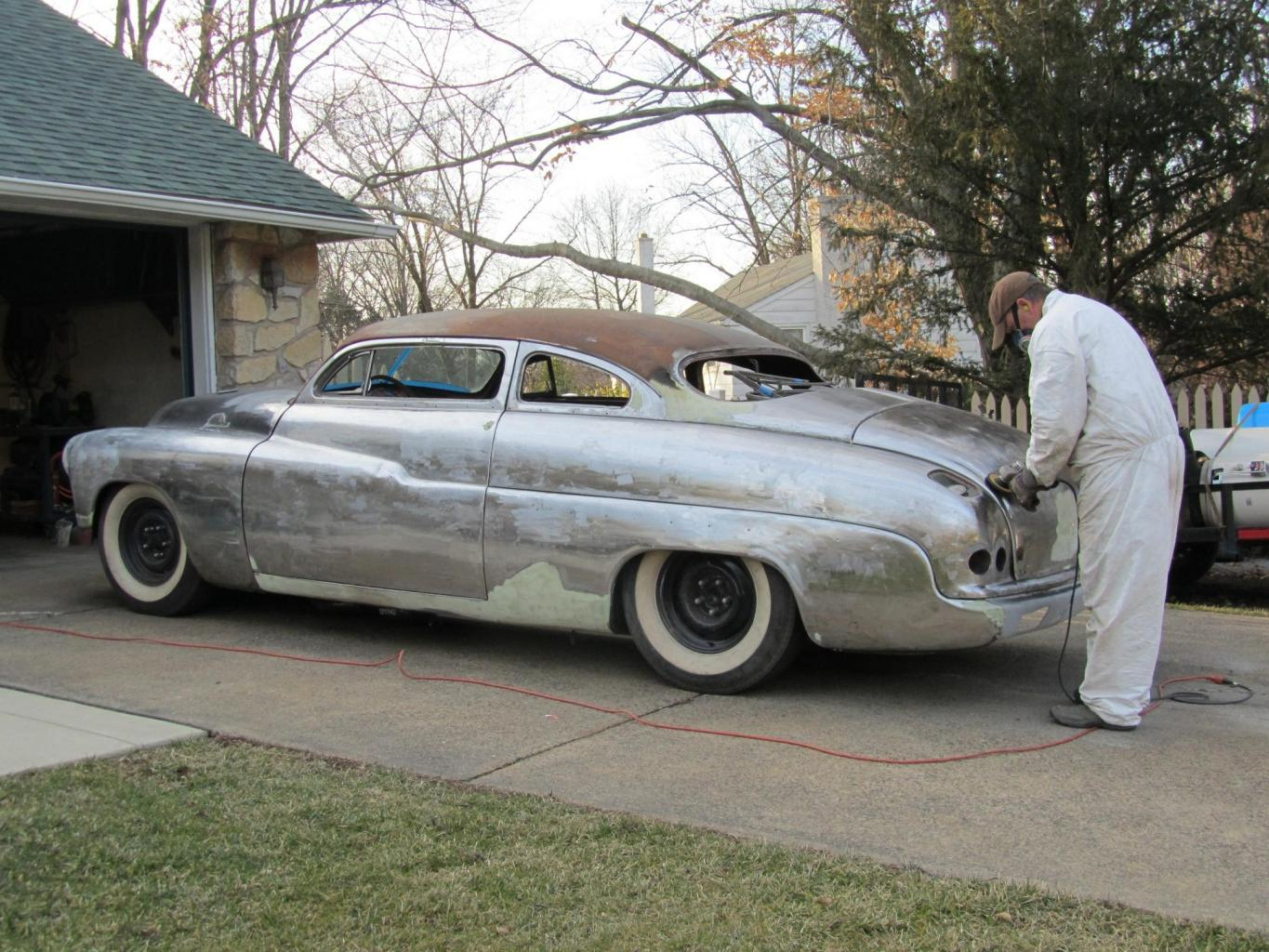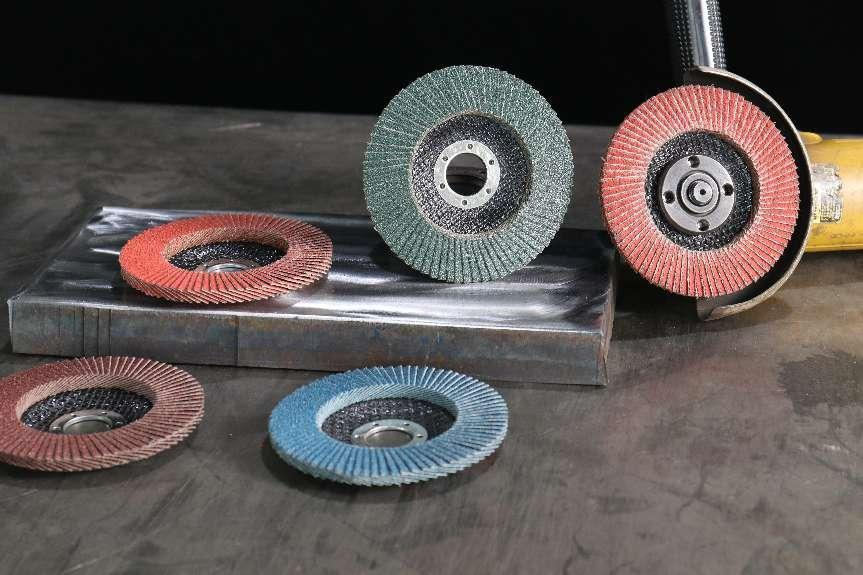Automotive restoration is an art that involves reviving classic or vintage automobiles to their former glory. It’s a passion for many enthusiasts who appreciate the beauty and craftsmanship of these vehicles. However, the process isn’t just about aesthetics; it’s also about preserving history and engineering excellence. In this guide, we delve into the world of automotive restoration, exploring its essence, the tools required, and the steps involved, with a particular focus on the indispensable role of flap discs in achieving impeccable results.
What is Automotive Restoration?
Automotive restoration is the meticulous process of repairing, refurbishing, and revitalizing old or damaged vehicles, particularly classic cars, trucks, motorcycles, and other automobiles of historical significance. Unlike simple repairs aimed at ensuring functionality, restoration goes beyond mechanical fixes, emphasizing the preservation of original features, aesthetics, and authenticity. It involves extensive research, craftsmanship, and attention to detail to recreate the vehicle’s original condition or enhance it while maintaining its historical integrity.
What Tool to Use for Automotive Restoration?
Before delving into the intricate process of automotive restoration, understanding the essential tools required is paramount.
- Flap Discs: Flap discs are essential tools in automotive restoration, known for their versatility and effectiveness in various tasks such as grinding, blending, deburring, and finishing. They consist of abrasive flaps arranged radially around a central hub, providing consistent abrasion and extended durability. Flap discs come in a variety of grit sizes and materials, each suited for specific tasks:
- Aluminum Oxide: Aluminum oxide flap discsare versatile and suitable for general-purpose grinding and finishing applications. They are effective for removing paint, rust, and surface imperfections on metal surfaces.
- Zirconia Alumina: Zirconia alumina flap discsare more durable and aggressive than aluminum oxide discs, making them ideal for heavy-duty grinding and stock removal tasks. They are commonly used for shaping metal, weld blending, and edge chamfering.
- Ceramic Alumina: Ceramic alumina flap discsoffer superior performance and longevity, particularly in high-pressure grinding applications. They excel in grinding hardened metals, stainless steel, and exotic alloys, providing fast material removal and extended service life.
- Silicon Carbide: Silicon carbide flap discsare suitable for non-ferrous metals, wood, plastics, and composites, offering fast cutting action and minimal loading. They are often used for finishing, polishing, and deburring applications where heat generation and surface discoloration are concerns.
- Sanders and Grinders: Sanders and grinders are used for shaping, smoothing, and leveling surfaces during automotive restoration. Belt sanders, orbital sanders, and angle grinders equipped with appropriate attachments are vital for removing old paint, rust, and imperfections, preparing the surface for refinishing.
- Welding Equipment:Welding equipment is crucial for repairing and fabricating metal components in automotive restoration. TIG welders, MIG welders, oxy-acetylene torches, and associated accessories enable professionals to mend structural damage, replace panels, and fabricate custom parts, ensuring the vehicle’s structural integrity and authenticity.
- Paint and Bodywork Tools: High-quality paint, primers, fillers, and clear coats are essential for achieving flawless finishes in automotive restoration. Paint guns, sanding blocks, masking tape, and polishing compounds facilitate precise color matching, surface preparation, and final detailing, enhancing the vehicle’s appearance and durability.
- Mechanical Tools: A comprehensive set of mechanical tools, including wrenches, sockets, screwdrivers, pliers, and specialty tools, is necessary for disassembling, repairing, and reassembling automotive components such as engines, transmissions, brakes, and suspension systems. These tools enable restorers to address mechanical issues, replace worn parts, and ensure proper functionality and safety.
- Diagnostic Equipment: Diagnostic equipment such as multimeters, scan tools, compression testers, and vacuum gauges is essential for identifying and troubleshooting electrical, mechanical, and engine performance problems in classic vehicles. These tools help restorers diagnose issues accurately, plan repairs effectively, and verify the success of restoration efforts.
Steps to Restore Automobiles:
Once the preparation is complete, it’s time to dive into the restoration process itself. Follow these steps to bring your vintage automobile back to life:
- Assessment and Planning: The restoration process begins with a thorough assessment of the vehicle’s condition, identifying areas of damage, wear, and corrosion. Restorers develop a comprehensive plan outlining the scope of work, budget, timeline, and restoration goals, considering factors such as historical accuracy, intended use, and personal preferences.
- Disassembly: After securing the necessary tools and resources, restorers carefully disassemble the vehicle, documenting the location and condition of each component. This step involves removing trim, interior fittings, mechanical assemblies, and body panels, taking precautions to avoid damage and preserve original parts for refurbishment or replication.
- Structural Repair and Fabrication: Structural repairs and fabrication are critical for addressing rust, corrosion, collision damage, and metal fatigue in automotive bodies and chassis. Restorers use welding equipment, metalworking tools, and fabrication techniques to repair damaged panels, straighten frames, and fabricate missing or irreparable components, ensuring structural integrity and alignment.
- Surface Preparation:Surface preparation is essential for achieving flawless paint finishes and corrosion protection in automotive restoration. Restorers use sanders, grinders, abrasive blasting, and chemical treatments to remove old paint, rust, filler, and contaminants from metal, fiberglass, and composite surfaces, creating a clean, smooth substrate for refinishing.
- Paint and Finishing: Painting and finishing are transformative stages in automotive restoration, where restorers apply primers, base coats, clear coats, and custom finishes to enhance the vehicle’s appearance and durability. Using paint guns, spray booths, and precision techniques, restorers meticulously apply paint layers, allowing proper drying and curing between coats, before sanding, buffing, and polishing to achieve showroom-quality results.
- Assembly and Testing: Once the painting and finishing process is complete, restorers reassemble the vehicle, reinstalling mechanical components, interior trim, and exterior fittings according to factory specifications or custom preferences. They conduct thorough inspections, adjustments, and functional tests to ensure proper fitment, alignment, and operation, addressing any issues before final detailing and delivery to the owner or exhibition.
Application of Flap Discs:
By understanding the specific applications of flap discs in automotive restoration, restorers can achieve superior results in every stage of the process.
- Surface Preparation: The restoration process begins with the removal of old paint, rust, and surface contaminants from the Camaro’s body panels. Flap discs with coarse grits (such as 40 or 60 grit) are used to aggressively grind away the corroded areas, restoring the metal to a clean and uniform surface.
- Rust Removal:Flap discs with zirconia alumina or ceramic alumina abrasives are employed to tackle stubborn rust spots and pitted areas on the car’s bodywork. The aggressive cutting action of these flap discs ensures thorough rust removal without compromising the underlying metal, preparing the surface for subsequent treatments.
- Smoothing and Blending: Once the rust has been eradicated, finer grit flap discs (such as 80 or 120 grit) are utilized to smooth out the roughened metal surfaces and blend the transition areas between repaired and unaffected regions. The contoured design of flap discs allows for precise control and feathering of edges, ensuring seamless integration with the surrounding bodywork.
- Final Finishing:With the metal surfaces now restored to a pristine condition, finer grit flap discs (such as 180 or 240 grit) are employed to achieve a smooth and uniform finish in preparation for painting. The consistent abrasive action of flap discs minimizes surface imperfections and enhances paint adhesion, setting the stage for the final refinishing steps.
Conclusion:
Automotive restoration is a labor of love that requires passion, skill, and patience to breathe new life into classic and vintage automobiles. From meticulous craftsmanship to advanced tools and techniques, every aspect of the restoration process contributes to preserving automotive heritage and inspiring future generations of enthusiasts. Among the essential tools in a restorer’s arsenal, flap discs stand out for their versatility, efficiency, and precision in achieving smooth finishes and impeccable results. Whether removing rust, refining bodywork, or preparing surfaces for painting, flap discs play a crucial role in the pursuit of automotive perfection, making them indispensable companions in the art of restoration.


